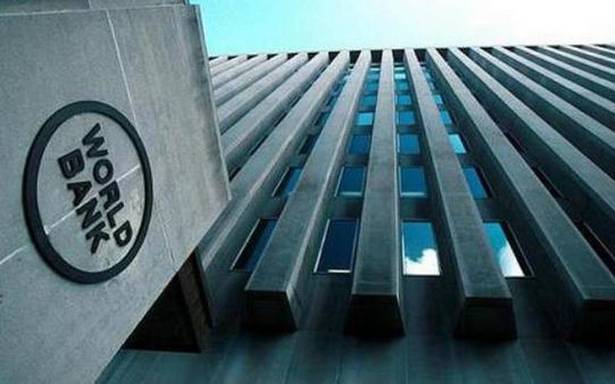The Bank expects public consumption to contribute positively, but pent-up private demand to fade by end of 2021
India’s economy is expected to grow at 10.1% for the year starting April 1, 2021, as the vaccine roll-out drives activity in contact-intensive sectors, as per the World Bank’s South Asia Economic Focus South Asia Vaccinates report. However, given the significant uncertainty around epidemiological and policy factors, real GDP growth could range from 7.5% to 12.5% , stabilising at 6-7% in the medium term, it said.
“It is not normal to talk about these wide ranges in the forecast,” Hans Timmer, Chief Economist for the World Bank’s South Asia region, said on a briefing call with reporters. “The reason is that we are really in unprecedented circumstances,” he said. GDP had been difficult to forecast due to the size of the hit and also its nature. The normal rules of extrapolation were not usable at the moment, Mr. Timmer said.
The report highlights some of these difficulties in measuring GDP. For instance, the pandemic likely caused informal sector incomes – already hard to measure – to fall sharply. Also, measuring the value of service sector transactions during the pandemic is difficult. The increased reliance on digital services will also cause estimation challenges in the future.
The fiscal year ending March 31 2021, is expected to register the worst economic damage due to the pandemic, the report says (the economy contracted 8.5% in FY20-21 as per the World Bank’s estimate).
The Bank expects public consumption to contribute positively, but pent-up private demand to fade by end 2021, as investment will pick up very gradually as a result of a large government capital expenditure push. Negative spillovers from financial sector distress (particularly, the expiration of forbearance measures, i.e., concessions to debtors) are a risk to the growth outlook, the report warns. However, the Reserve Bank of India (RBI) is expected to maintain an accommodative monetary policy stance during the fiscal year ending March 2022.
“So a big bounce back in India but not completely out of the woods yet,” Mr. Timmer said.
For the South Asia region as a whole, growth is forecasted at 7.2% in 2021 (calendar year) and 4.4% in 2022 , setting the region on the road to recovery following a year of historically low growth. Yet, growth is not even and significantly below pre-COVID-19 estimates as businesses have still not made up lost revenue and millions are out of work, face falling incomes and increasing inequalities, as per the Bank.
“The next few months will be marked by the speed and success of the vaccine roll-out, and the optimism it may bring to consumer spending and business investments,” the report says.
With regard to the second wave that is possibly under way now in India and its impact on the economic outlook, Mr. Timmer said that these new waves and new variants of the virus were part of the risk factors to the outlook. However, the government had learned from the earlier lockdowns and its approach was “much more targeted”, he said.
“So the fact that we are seeing a flare-up of the disease doesn’t mean we go back to the situation where we were a year ago,” he said.


